Search
Search Results
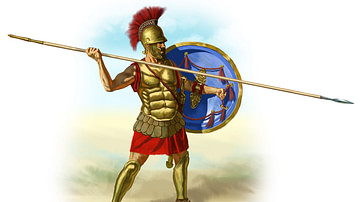
Definition
Hoplite
A hoplite (from ta hopla meaning tool or equipment) was the most common type of heavily armed foot-soldier in ancient Greece from the 7th to 4th centuries BCE, and most ordinary citizens of Greek city-states with sufficient means were expected...
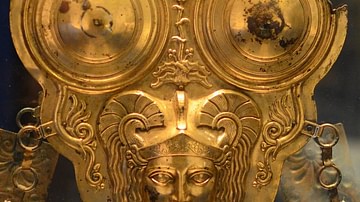
Definition
Carthaginian Army
The armies of Carthage permitted the city to forge the most powerful empire in the western Mediterranean from the 6th to 3rd centuries BCE. Although by tradition a seafaring nation with a powerful navy, Carthage, by necessity, had to employ...
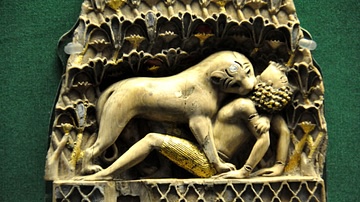
Image
Lioness Devouring a Boy, Phoenician Ivory Panel
This Phoenician carved ivory panel is one of an almost identical pair with one now in the Iraq Museum, Baghdad. They originally formed part of a piece of furniture, perhaps a throne. The incised letter 'aleph' beside holes on the top and...

Image
Portrait of Prince Józef Poniatowski as a Boy
Portrait of future French marshal and Polish national hero Prince Józef Poniatowski as a youth, c. 1778. Oil on canvas by Marcello Bacciarelli.
National Museum of Krakow.
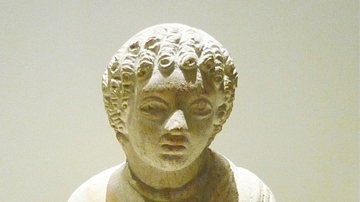
Image
Bust of a Roman Boy on a Pedestal
This type of bust was popular in the Near East during the Roman period. It is made of terracotta and is perhaps from what is prsent-day Jordan. It dates from c. 200-300 CE. (Royal Ontario Museum, Toronto)
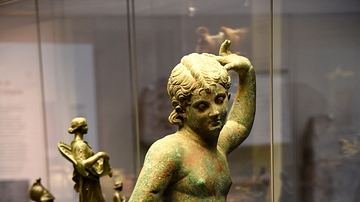
Image
Statuette of a Boy
This bronze statuette probably represents cupid (god of love, attraction, and affection). Said to be from Foggia, in modern-day Italy. Roman period, 10-100 BCE. (The British Museum, London).
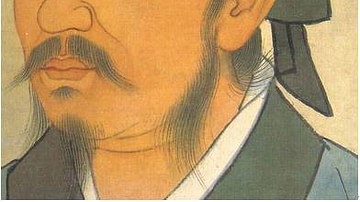
Definition
Xunzi
Xunzi (pronounced shund-zee, l. c. 310-c. 235 BCE) was a Confucian philosopher of the Warring States Period (c. 481-221 BCE) in China. He is also known as Hun Kuang, Hsun Tzu, Xun Tzu, and Xun Kuang. Xunxi translates as Master Xun and is...

Article
The Life of Diogenes of Sinope in Diogenes Laertius
Diogenes of Sinope (c. 404-323 BCE) was a Greek Cynic philosopher best known for holding a lantern to the faces of the citizens of Athens claiming he was searching for an honest man. He was most likely a student of the philosopher Antisthenes...

Article
The Stonehenge Burials
A great deal has been written about why the prehistoric monument of Stonehenge, in Wiltshire, southern England, was constructed. Perhaps it was designed as a temple to the ancestors, an astronomical calendar, a healing centre or a giant computer...
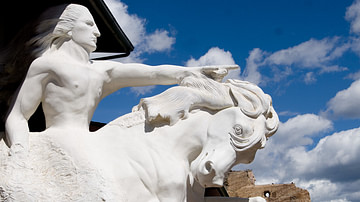
Article
Black Elk on Crazy Horse
Black Elk Speaks (1932) is the popular and controversial book of the narrative by the Oglala Lakota Sioux medicine man Black Elk (l. 1863-1950) on his life and people as given to the American poet and writer John G. Neihardt (l. 1881-1973...